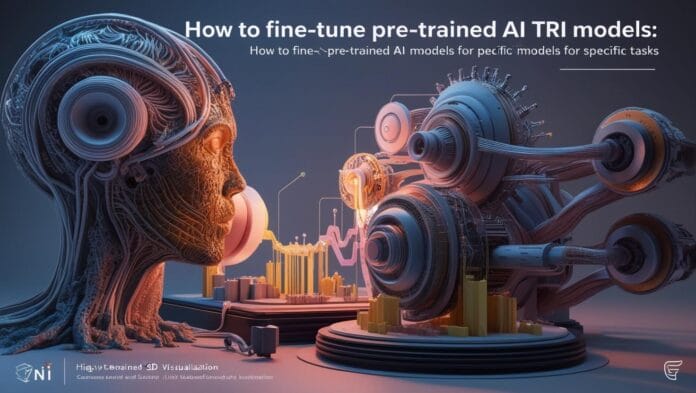Contents
What is Fine-Tuning? (Fine-Tune AI Models)
Fine-tuning AI models is the process of adjusting pre-trained models to suit specific tasks. This technique, known as fine-tuning AI models, enhances performance without requiring training from scratch. Fine-tuning AI models is essential for adapting general-purpose models to specialized tasks.
Selecting the Right Pre-trained Model (Fine-Tune AI Models)
- Choose a model that closely aligns with your desired task (e.g., NLP, Image Recognition, Text Generation).
- Consider popular models such as GPT-4, BERT, ResNet, or Stable Diffusion based on your requirements.
- When you fine-tune AI models, selecting the right pre-trained model is crucial.
Data Preparation
- Gather a dataset that accurately represents the problem you want to solve.
- Clean, label, and preprocess the data to ensure compatibility with the pre-trained model.
- Preparing data correctly is essential to effectively fine-tune AI models.
Fine-Tuning Process
- Load the pre-trained model.
- Adjust the model architecture if necessary.
- Train the model on your dataset using a lower learning rate.
- Evaluate the model’s performance after each epoch.
- Fine-tune until desired accuracy or performance metrics are achieved.
Evaluation and Deployment
- Test the model on unseen data to ensure generalization.
- Deploy the fine-tuned model to production environments.
- Continuously monitor and improve performance as needed.
Benefits of Fine-Tuning AI Models
- Improved accuracy and performance for specific tasks.
- Cost-effective compared to training models from scratch.
- Faster deployment times.
Internal Links
- Explore more AI guides in our AI Guides category.
- Check out detailed tool reviews in AI Tool Reviews.
Outbound Links
- Read about GPT-4 and its fine-tuning capabilities on the OpenAI website.
